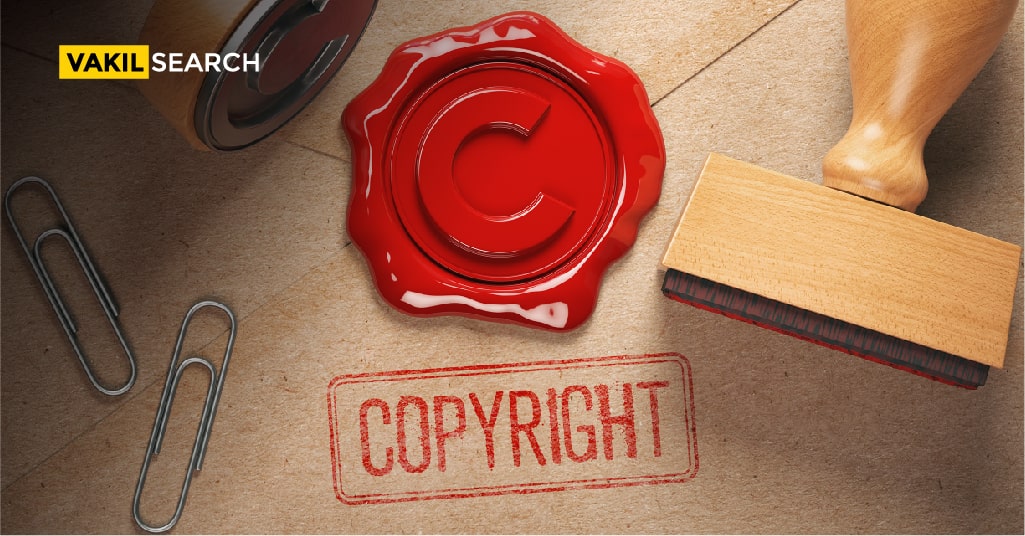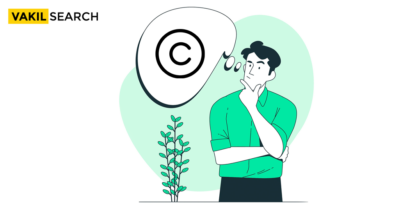As an individual, it is not easy for us to manage our copyrights and other related rights. Once work is protected under copyrights, unauthorised use of it can lead to infringement, but what then?
Copyrights give the right holders the exclusive right to claim ownership and other allied rights to certain acts. These rights not only give the ability to the owners to make decisions on how to use the work but also allows them to seek remuneration for the work. Not only this, it gives them the right to forbid any unauthorised exploitation of the work. Let’s see what copyright management is.
Any person who wants to use the work has to seek permission from the owner before using it for any purpose. It might not be practically possible to do that always. For instance, if a person wants to use any work, then it might be practically difficult for them to contact the owner of the work and, that same way, it might be difficult for the owners to contact every single organisation to negotiate and seek remuneration for their work. At this point, collective copyright management proves to be handy and they make the whole process of authorisation and negotiation simple.
Individual Vs Collective Management of Right
In most cases, the copyright owners will opt for individual management of rights which involves defining the contractual relationship between the owner and publisher/producer who will give the work a public presence. Such rights are otherwise known as ‘primary rights’.
One classic example here is of the novelist: when a novel is written, the novelist will want to publish it and make it available to the public. They then contact the publisher who goes on to publish the work. Before that, the author and the publisher will enter into the contract all by themselves. This establishes the first relationship between the parties.
There are three ways in which rights can have a trade:
- Assignment
- License
- Transfer.
But, when it comes to collective management of rights – two contractual relations are established.
Collective management customarily deals with ‘secondary rights’ involved in multiple uses of protected works. However, the line between primary and secondary rights is not clear-cut and in today’s media landscape it is getting even more blurred
What Is Collective Copyright Management?
It is a specific point in the copyright system where copyright owners can allow the collective management system to administer their rights. It is an important job performed by CMOs since it allows copyright holders to efficiently exercise their rights all over the world.
Collective copyright management is the process of managing these collective rights of copyright work, or simply the process of rights management. Authors, performers, producers, and other property holders can simplify the management of their rights by authorising or mandating the use of professional collective management organisations (CMOs).
What Are Collective Copyright Management Organisations (CMOs)?
These are professional organisations that act as an intermediary between the owner of the work and the user of the work. They primarily form the link between them and make sure that the rights of the owners are used in their best interest.
However, the CMOs can only negotiate with those rights for which there are mandates. Licensing users is one of the primary functions of a CMO. Users of materials with protection are granted a non-exclusive license, meaning that no user gets exclusivity to the repertoire of the CMO.
When it is practically impossible for the individual right holders to manage their rights and expeditiously exercise them for their monetary benefit, approaching the collective management organisation is the most viable option. In short, collective management can be summarised as a system that makes easy and legal access to protect works by users possible, while according remuneration to rights holders.

In general terms, the task of the CMO can be simplified into three categories:
- It determines – where, when, how – the works can be used
- Negotiate the terms with the user of the work.
Benefits of Collective Management of Copyrights
As mentioned early, the main function of the CMO is to simplify the management of rights of the right holders. From the above discussion, the following benefits can be accessed:
Benefits to the Right Holders of the Copyright
- Financial benefits from the use of works
- Helps in the negotiation of the terms between owner and user
- Lesser the cases of copyright infringement
- Simplifies the compliances related to copyright.
Benefits to the User of the Copyright
- Users will be saved from getting into the cumbersome legislative process as the entire process is carried out by the third party
- They can save time, as the details of the owner can be obtained easily.
For instance, if you have to use a music recording from YouTube which is copyrighted material, then you will have to get permission from the singer of the particular music recording, which is not that easy considering them being celebrity artists. In such situations, CMO will simplify the process and obtain permission for you.
Creative sectors where collective management is customarily applied have developed over time with technological advances. Today, instances of collective management are continually increasing. Also, new media and the Internet call for flexible licensing solutions and new forms of collective licensing have emerged.
CMOs are available in the following sectors:
- Music and sound recording
- Reprography
- Visual arts
- Photography
- Radio
- Television
- Drama and theatre
- New media.
Creative Commons | Copyright Management
Creative Commons is a non-profit organisation based in the United States that works to provide free licences to the owners of works. These licences allow the creator to grant others permission to use the work under certain circumstances.
The work will automatically become the creator’s property, and he will have complete control over how the work is used by others. When work is in the public domain, for example, there are three scenarios:
- On the expiration of the copyright term
- When the creator himself wants to relinquish the right and place it in the public domain
- When he wants his work to be used by others.
Once the work is in the public domain, the creator loses their rights over the work. So, the first two instances involve no role of creative commons as the license cannot be obtained for work under the public domain. However, in the third situation, obtaining licenses from these creative commons will let them reserve certain rights and give them options to choose how they want their work to be used. Once the work is under CC, the public is aware of how they have to use the work, and the license states the restrictions to usage as well,
One of the interesting facts to be mentioned about the CC is that it allows the work to be used for educational purposes. So the teachers can easily print out the work without seeking permission from the creator.
Creative Commons License | Copyright Management
These licenses help the licensor (creator) retain certain rights with them while allowing others to copy, print, distribute and use their work. It mainly allows using the work for non-commercial purposes. These licenses ensure that the creators of the work get enough credits for the work. The license continues as long as the copyright on that exists and can be used globally.
One important thing to remember while using this license is that the licensee has to give credits to the creator of that work so as to retain his identity as the creator and the licensee cannot restrict others to use the work.
Creative Commons is not ‘anti-copyright’, or even an alternative to copyright – it’s just an option of a different way to share works, and it fundamentally relies on copyright – you must own a copyright in a work in order to make it available under a Creative Commons license.
Despite Creative Commons being popular, it is always better to have a Copyright Registration in India because:
- It is not easy to keep track of who is using the work and to what extent. The owner will be unaware of the whereabouts of their work. So, if the work is for the purpose undesirable to the owner, then there is no recourse for it
- The second main reason is that it’s not entirely clear how the Indian judiciary system will react if the owner brings a claim against a user who breaches the license. Because proof of ownership may be a prima facie evidence part in establishing a breach of the agreement, the owner probably will need to show proof of copyright ownership, which means registering the copyright
- Also, when we consider the monetary aspect of copyright registration, it is more beneficial than creative commons as the return of investment is more as compared to creative commons.
Why Is Creative Commons Not Suitable for Indian Markets?
Under the Indian regime, CC-type licenses may require copyright societies specific to their purpose. As regular copyright societies may not find it easy to adapt to the ideals of open content licenses.
The Indian copyright regime at present is in need of certain amendments to bring it up to date with the advancements in technology. Especially since it treats every medium of creative work in a different class. Making it even harder to apply laws in theory or practice over something as multimedia as a personal computer and the internet.
Furthermore, the mechanism of modern information technology does not resemble any of the existing statutory technologies for publishing, provided it makes it harder for them to coexist with our copyright regime. It is due to these inflexibilities in the technology sector that Indian law is not in a position to absorb creative commons in India.
Therefore, it is highly recommended that you contact your nearest attorney and process your copyright applications. It is through the copyright office of India with assistance from an attorney. Better still, reach out to us and we’ll get it done faster and cheaper.
Copyright Societies
A society’s collective copyright administration is a concept that involves the management and protection of copyright in several works. They are carried out by the aforementioned society of authors and other proprietors of similar works.
In India, a copyright society is registered under Section 33 of the Copyright Act, of 1957. Such a society is by authors and other copyright owners which may include licensing entities. This is by virtue of an assignment from the original author. The business of granting licenses in respect of literary, musical, and artistic works incorporated in cinematograph films. Or sound recordings shall carry out only through a copyright society duly with registration under this Act. Ordinarily, only one society can register to do business in respect of the same class of work.
Functions of Copyright Society
- Issue license
- Collect fees
- Distribution of collected fees
- Obtain authorization from the author or owner
- Enter into agreements with any foreign society
- Any other functions as deemed in Section 35.
Also, Read:










